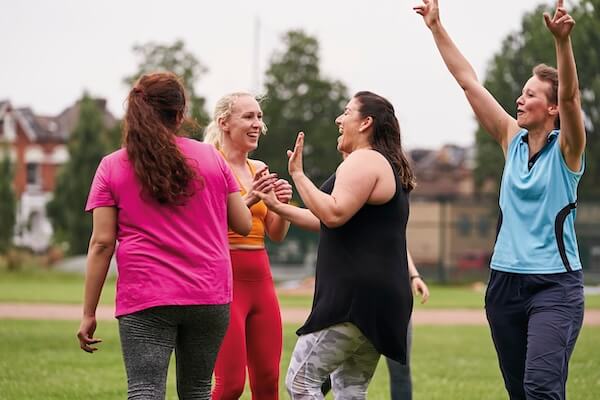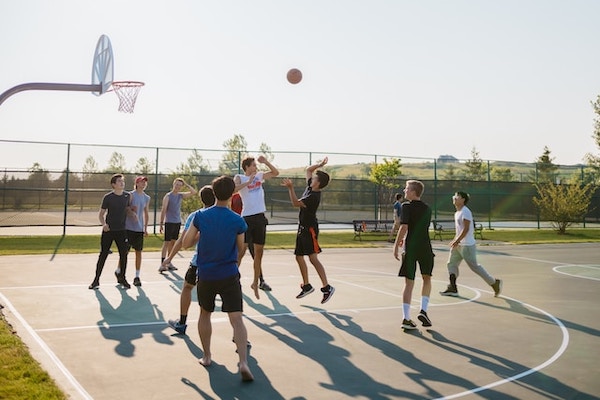
A recent study conducted by Northwestern University's Feinberg School of Medicine in Chicago has found no direct link between long-distance running leads to knee and hip arthritis. The researchers surveyed 3,804 recreational runners who participated in the Chicago Marathon in 2019 or 2021 to investigate the relationship between running and the development of osteoarthritis. The study found no association between the risk of knee or hip arthritis and the duration, intensity, or frequency of running.
Osteoarthritis is a prevalent condition affecting more than 32.5 million adults in the United States. It is characterized by the deterioration of cartilage in the joints, leading to pain, stiffness, and disability. While there is no cure for osteoarthritis, it is commonly believed that activities like running contribute to its development by wearing down the joints. However, the new study challenges this notion.
The survey participants were on average 44 years old and had been running for nearly 15 years. They ran an average of 44 km per week. The researchers analyzed how the risk of arthritis changed based on various factors such as running pace, intensity, and cumulative running history. Surprisingly, they found no evidence linking these factors to an increased risk of knee or hip osteoarthritis.
The results of the study are encouraging for runners, as they refute the common belief that long-distance running predisposes individuals to arthritis of the hip and knee. The researchers emphasized that running can provide numerous benefits, such as improving muscle function around the joints and promoting the production of synovial fluid, which lubricates the joints.
The study's findings challenge the "wear-and-tear" mentality often associated with osteoarthritis and running. Many healthcare professionals have warned patients to reduce or eliminate running to protect their joints. However, the researchers argue that the joint is an active, living part of the body, and running can have positive effects on joint health. It is crucial to dispel the misconception that running leads to arthritis and encourage individuals, especially those with arthritis or other comorbidities, to engage in physical activity.
While the survey results provide valuable insights, the study has limitations. It focused on current and past joint health, rather than assessing the long-term risk of developing osteoarthritis. Further research is needed to track runners over time and gather more comprehensive data on their joint health.
Overall, the study serves as a significant contribution to the understanding of the impact of long-distance running on bone and joint health. It challenges the prevailing dogma and encourages healthcare providers to reconsider their recommendations to patients. Running can be a safe and beneficial activity for most individuals, and its protective benefits should be recognized. By promoting accurate information about the effects of running, we can encourage more people to engage in this form of physical activity and improve their overall health and well-being.






